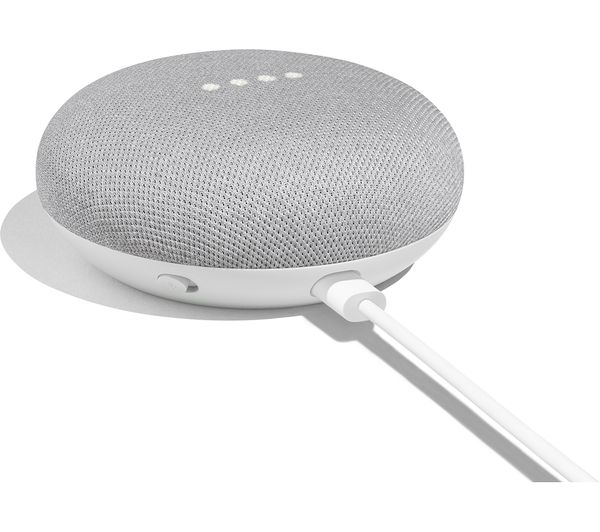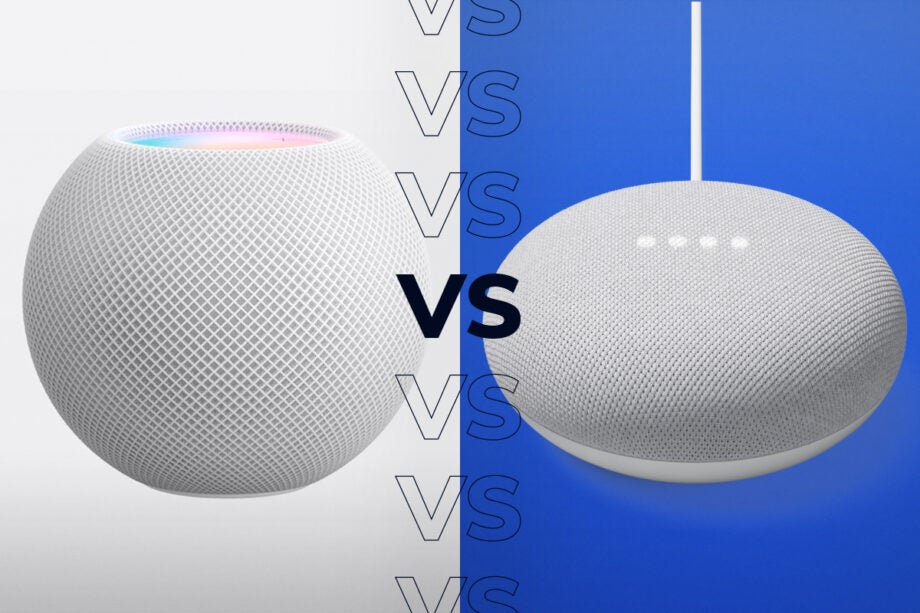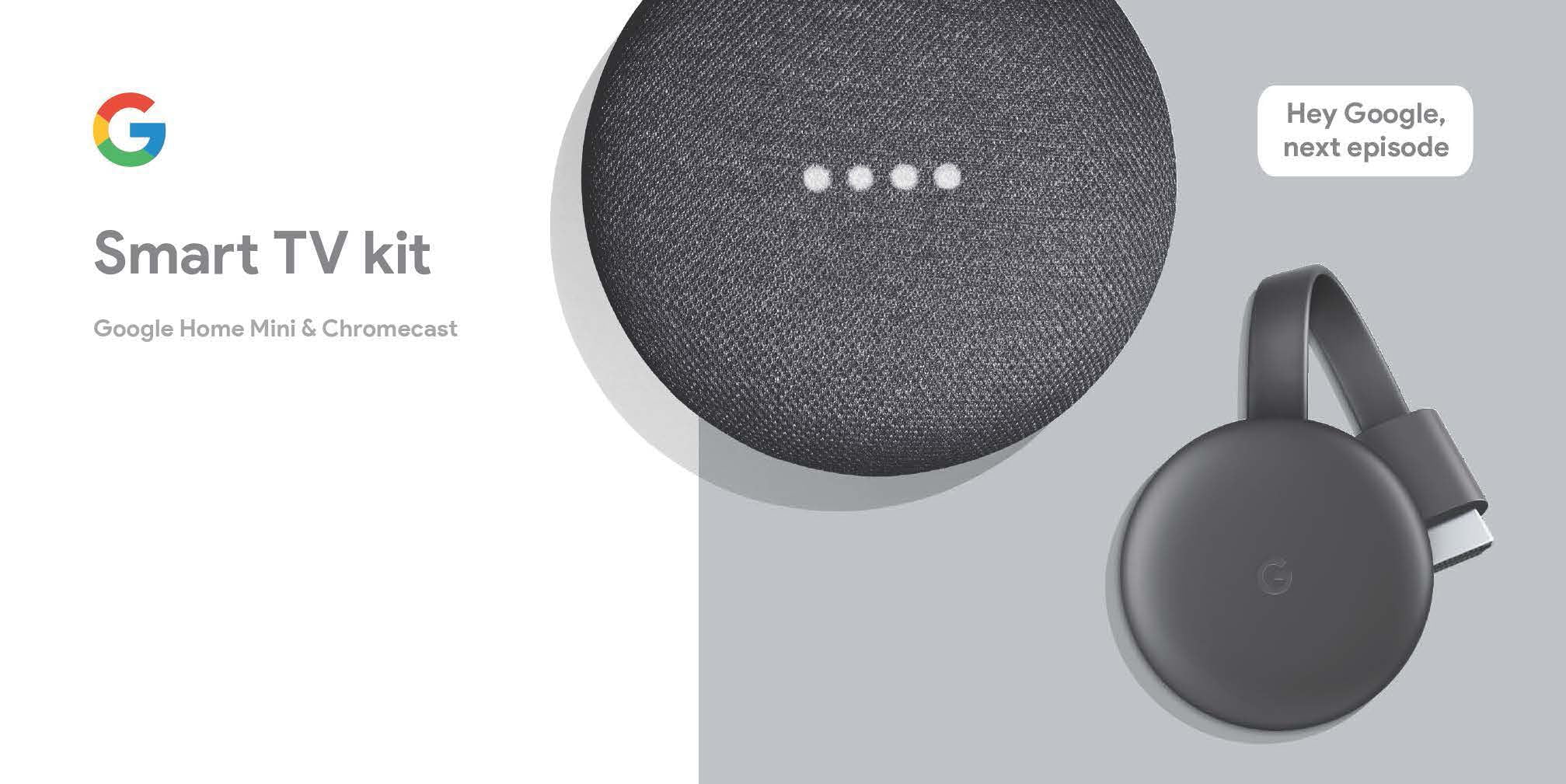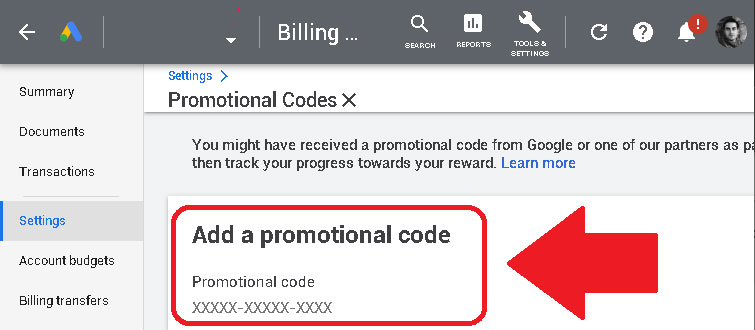Table of Content
Things like dumping the BootROM of the system becomes possible. Dynamic analysis of the Goggle Home software running on the actual hardware becomes possible. It's the most direct way of achieving code execution on the platform. My goal will be to modify the NAND flash content until I can execute my own code. The Google Home Mini is protected by some kind of secure boot.

Nest is a company that Google purchased and folded into their own line of smart devices. The Nest name has subsequently been attached to various devices, including an improved version of the Google Home Mini. So the Nest Mini is essentially just a slightly more expensive, and slightly better, version of the Google Home Mini. If you already have one or more Google Home devices, then the Home Mini is a great way to extend the same functionality you're familiar with into every room in your house. There you can buy the projects through any of the online payment method available and you will get the project by online.
Google Maps and Nearby Places Commands
Call a cab, book air tickets, and hotel rooms, and keep track of everything that might come in handy after before and after planning a trip the following voice commands. This website is using a security service to protect itself from online attacks. The action you just performed triggered the security solution. There are several actions that could trigger this block including submitting a certain word or phrase, a SQL command or malformed data.

Get support, learn new information, and hang out in the subreddit dedicated to Pixel, Nest, Chromecast, the Assistant, and a few more things from Google. We know the bootloader and kernel partitions are part of the chain of trust. Unsurprisingly, because they are probably the most carefully written parts, I haven't been able to find any way to skip the secure boot from this side. The simple file utility can be used against this image to reveal it's in fact a Squashfs filesystem. The Linux Kernel version and compilation timestamp can be extracted from strings present in the binary data. It was now time to actually have a look at the content of the NAND Flash dump.
[AUTOBUY] USA GOOGLE HOME MINI CODES ONLY $2.99
The two biggest differences between the Google Home and the Google Home Mini are size and price. The Home Mini is significantly smaller and fades more readily into your home decor, and it also costs a lot less. The Home Mini can also do everything the regular Google Home can do, but the larger device does provide richer sound that does a much better job filling a room. While the heavy lifting is all done in the cloud, there is no noticeable lag between asking Google Home Mini to do something and receiving a response. The experience is a lot like talking to a person since you use natural language to interact with the device and receive responses in natural language as well.

Available during the day, I can not receive but I travel. Yes, before delivering the project we will do the modifications listed by you from the demo video. You can buy the projects after confirming the project video. So many of us will be having a thought like as it is online whether we can believe or not.
NandBug Hardware Overview
However, The NAND Flash signals are going too fast for achieving this with a simple ICE40 FPGA. This may have been possible with a more advance component. More importantly, the Google Home Mini can still boot without problems despite all the heavy surgery it received. The NAND Flash dumping and programming features are reliable.

Of course, using 2.54mm connectors may cause signal integrity issues when dealing with high speed signals. However, looking at the Flash datasheet, it appears the maximum speed was not that fast, and I chose to take the risk. This is done by using the SPI protocol and a couple of additional GPIOs.
Google Assistant Smart TV Commands
The Home Mini, on the other hand, has a smaller speaker and lacks the passive radiators. While the Home Mini can still be used to listen to audio content like music and podcasts, it doesn't sound as good. However, even considering this easy access to the entire NAND Flash data, an extended secure boot implementation makes executing arbitrary code using naive methods impossible.

Apart from being an interesting challenge, running arbitrary code on the Google Home could be interesting for several reasons. Indeed, because the processor of the Google Home Mini comes without any public datasheet, arbitrary code execution can lead to a way better understanding of the system. Finally, it may be a mandatory step if one's goal is to dump the very low-level bootROM code of the main processor. My goal is not only to read but also to alter the NAND Flash data to achieve code execution. Hence, the ECC of all modified pages must be computed. Otherwise, the Google Home Processor will simply discard all the modified pages.
Report to moderator The Bitcoin network protocol was designed to be extremely flexible. It can be used to create timed transactions, escrow transactions, multi-signature transactions, etc. The current features of the client only hint at what will be possible in the future.

Given this information, a graphical representation of the binary dumped data can quickly help checking whether the OOB section is likely to be used for storing ECC or not. This bitstream will generate a FSM that's able to erase blocks. The addresses to erase are received from the FT2232H using the Sync FIFO Mode. This bitstream implements a simple FSM that will read all pages of the NAND Flash one by one and stream them to the FT2232H using the Sync FIFO Mode.

No comments:
Post a Comment